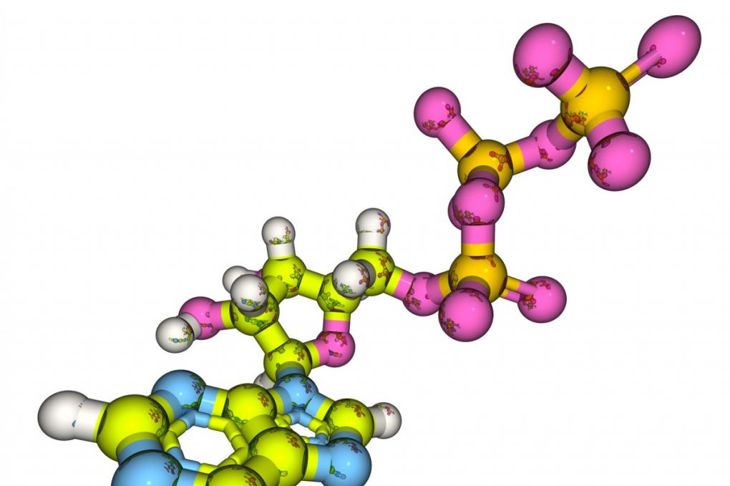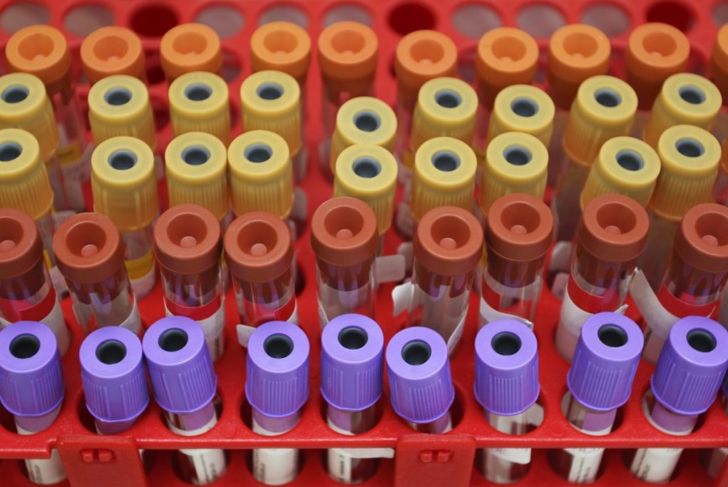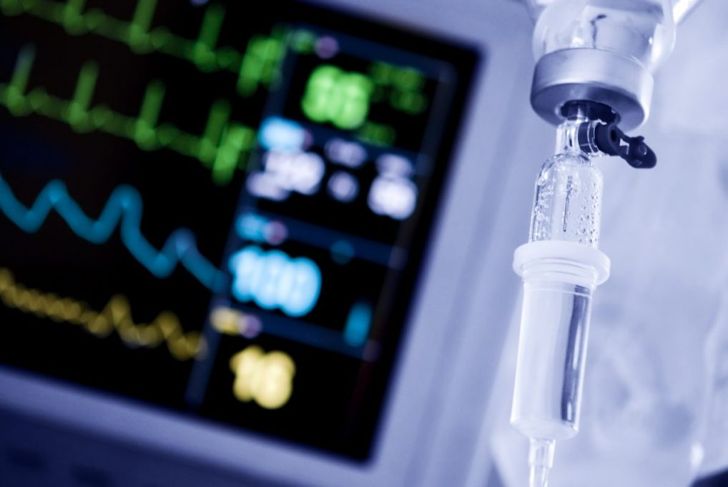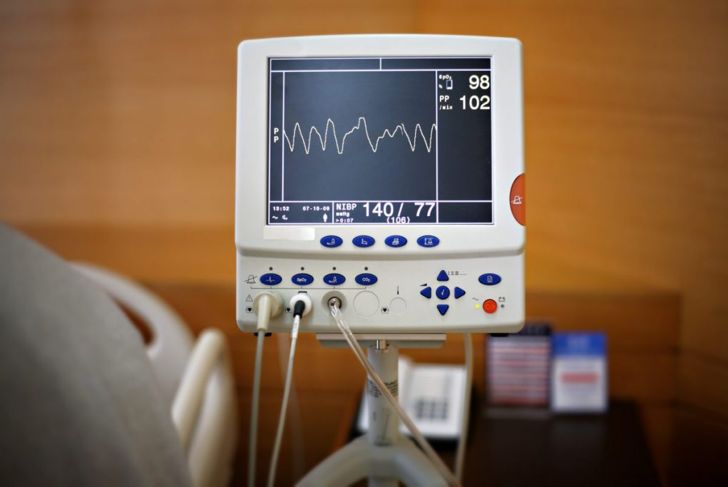Reye’s syndrome or RS is a progressive disorder characterized by brain and liver damage. RS causes massive deposits of fat in the liver and other organs. The Australian pathologist Douglas Reye produced the first detailed analysis of Reye syndrome in 1963. RS affects fewer than one in a million children each year and is almost never seen in adults. Those who do develop Reye’s syndrome tend to experience very mild symptoms with complete recovery. However, the disorder can be fatal or cause long-term difficulties for children and adolescents.
Stage One of Reye’s Syndrome
Reye’s syndrome follows a progression of five stages over several hours or days. The first symptoms are vomiting and irritability, followed by a rash on the palms of the hands and soles of the feet, confusion, headache, combativeness, or lack of energy. Vomiting quickly becomes persistent and severe, even if the child is not eating or drinking anything.
Stages Two and Three
Stage two symptoms include rapid breathing, hyperactive reflexes, a state of near unconsciousness, and fatty liver. Stage three brings increasing severity of stage one and two symptoms. At this point, patients also develop cerebral edema or swelling of the brain due to excess fluids; this can lead to a coma. Respiratory arrest is a concern in stage three, although it is rare.
Stages Four and Five
Stage four of Reye’s syndrome involves a deeper coma and dilated pupils with little reaction to light. Liver dysfunction worsens and fat begins to build up in multiple organs. Stage five progresses rapidly from stage four. Seizures, multiple organ failure, and weak or paralyzed limbs can accompany coma. Stage five ends with hyperammonemia, and excessive ammonia in the blood. Toxins build up throughout the body at this point, due to liver and kidney dysfunction.
Causes of Reye’s Syndrome
The cause of Reye’s syndrome is not known. RS usually occurs shortly after recovery from a viral illness such as chickenpox or influenza, although it can start three to five days after the onset, as well. Researchers link approximately 90 percent of cases in children to medications containing salicylates. Exposure to chemicals such as paint thinners and herbicides may also increase the risk of developing RS.
Metabolic Errors
Inborn errors of metabolism include a wide range of genetic disorders that interfere with metabolism, usually through defective genes related to enzymes. The initial symptoms of several inborn errors of metabolism are swelling of the brain and liver dysfunction. Many children and teenagers with RS have an underlying fatty acid oxidation disorder that interferes with the breakdown of fatty acids. When doctors suspect RS, they should evaluate their patients for metabolic errors as well.
Salicylates
The most severe symptoms of Reye’s syndrome come from damaged cellular mitochondria. Salicylates in medication can exacerbate mitochondrial damage. Children and adolescents should not take any medications containing salicylates without consulting a physician first. The CDC recommends everyone under 19 years avoid salicylates. Sometimes the presence of salicylates in medication is not obvious, so the best practice is to review the ingredients in all medications before giving them to children.
Diagnosis
Reye’s syndrome is rare, so diagnosis involves ruling out other conditions with similar symptoms. These conditions include meningitis and encephalitis, which cause inflammation of the brain, spinal cord, or protective membranes. Tests for certain chemicals are administered to rule out or confirm known metabolic disorders. CT scans show swelling in the brain while a lumbar puncture lets doctors obtain a sample of spinal fluid to test for infection or abnormalities. Blood and urine analysis measures the build-up of toxins and details liver function.
Treatment
Treatment of Reye syndrome is supportive and usually takes place in an intensive care unit. Early diagnosis is essential, and treatment focuses on protecting the brain from irreversible damage. Secondary priorities of treatment are reversing metabolic abnormalities, preventing respiratory complications, and anticipating cardiac arrest. Steroids relieve swelling of the brain, and hypertonic IV glucose solutions may assist during the end stages of RS.
Prognosis
Recovery from Reye’s syndrome depends on how much swelling occurred in the brain for the duration of the illness. If doctors identify and treat RS immediately, patients can fully recover. The amount of time between the onset of RS and initial treatment directly relates to the amount of permanent brain damage. When RS progresses fast, and the affected person lapses into a coma, the overall prognosis is very poor. RS in children is almost always fatal without medical treatment.
Long-Term Complications
Long-term complications of Reye’s syndrome result from brain damage. Common complications include poor attention span and memory, vision or hearing impairments, speech and language difficulties, and impaired movement or mobility. Problems with swallowing require speech therapy, and children may need to consume only thickened liquids and foods with soft textures until swallowing improves. People who had RS may struggle with daily tasks such as using a toilet, bathing, and dressing. Occupational and physical therapy can greatly improve recovery.

 Home
Home Health
Health Diet & Nutrition
Diet & Nutrition Living Well
Living Well More
More




















